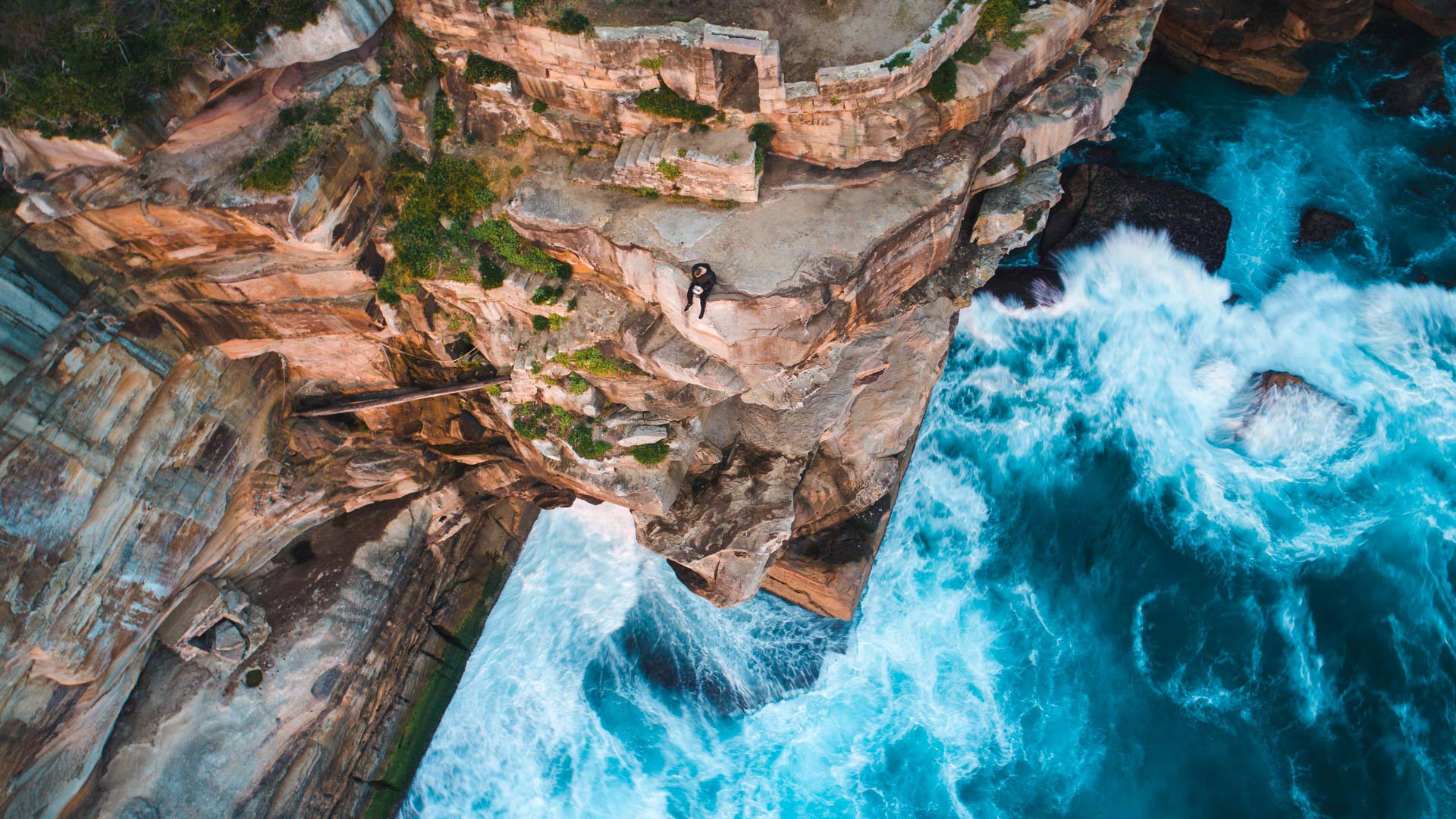As creatives, we all go through a very similar journey when it comes to improving on our skill. Though details of the turbulent ride varies for everyone, it always boils down to two things; the how, and the why.
Often times they’re used in harmony - we see this more commonly articulated the more skilled the creative is. But what is useful is understanding the distinction between the two, and how they come together as great art.
The craft of photography
Most of what you learn about photography is about the craft - the how of it all. When you think of craft, consider of the word craftsmanship - real dedication towards high quality. A carpenter selecting the right tools to enable him to sweat love and care into the wood of his creation. A typographer sat in the organised mess of pens and papers and of her lines, forms and shapes.
It’s love and effort and perseverance, poured into the things you make. It’s the blood, sweat and sore feet of practice. It’s physical. It’s tangible.
The way I see the craft is that it’s split up into two parts. The gear you use, and how you use it.
The gear is the sexy, shiny thing that most people pay attention to. Sensor sizes, brands, DSLRs, mirrorless, lenses. What cameras give you the best image quality? How to do the bokehs? What brands are doing amazing things right now?
And once the sheen and glam of it all wears off, you start to question how the gear serves the purpose of your photography (more on that in a moment).
Once you think you’ve got the right gear for you (and trust me, that always changes), you learn how to use it. You begin to understand the fundamentals like the exposure triangle and how to manipulate it. You discover tools and techniques like long exposures, expanded ISO’s and exposing to the right.
…and then you come to the realisation that you need more gear. But resist it, if you can. Pro tip: the lust for gear never ends.
The craft eventually gets to the point where it’s unconscious. After lots of practice, you subconsciously slide your aperture to f8 if you want a sharp image full of depth. You know exactly how to achieve critical focus on every shot, even in manual. You can make your image starburst like crazy on demand. You know what to do in every situation. People see you as 'good' because you know how to operate a camera properly.
And unfortunately, in the age of smartphones and simple user experiences, everything up until this point is the lowest common denominator. Everyone can take a well exposed image now. Anyone can do that. It’s expected. So you need to stand out.
And that’s where the art comes in.
The art of photography
It’s the thing you really learn after you’ve learnt how to do the thing.
The art of photography is how you express yourself. It’s the answer to why you want to create and share. It’s a manifestation of self. It’s you.
It’s what makes your images different to everyone else. Once you’ve learnt the basics and you can take ‘good’ photographs just like everyone else, the art is the way in which you inject your personality into your work. The thing that makes it unique.
Consider your Instagram feed. It’s probably filled with a ton of ‘good’ images, taken by ‘good’ photographers. We’re all ‘good’ now. It’s expected. It’s the average.
But how do you break through? What makes an image ‘great’? Or ‘outstanding’? Or ‘tear-inducingly fantastical’? What is it about an image that makes you want to tell your friends?
That, dear reader, is your art.
And yes, photography is art. As pretentious as it sounds, the creation and expression of yourself is art - no matter the medium.
In photography, that art is manifested by the craft. This is the relationship they have together. Art will always be intertwined with craft. While the craft is physical, art is cerebral. It’s your emotions, your thoughts, your ideas. But there is no art without the craft. There is no creation without the process of making it. Art is only real when it is created and shared.
The marriage of craft and art in photography results in images you see every day. Some better than others, of course. But every image has a story, and every image is the amalgamation of a lot of (conscious or unconscious) decisions from the photographer. Technical components of the craft aside, what I’m referring to is the make up of the scene - the composition and its elements - the way the photographer has structured the elements in the scene to elicit a response. Maybe that response moves you, maybe it tells a story, or maybe it doesn’t. Maybe it’s a personal project and it means more to the photographer than it does to you. Maybe you don’t get it. Maybe it speaks to the person next to you.
That’s the great thing about art. Mostly, it’s implicit. And it’s the result of the interpretation that derives the value. And if the value has the perception of effort and craftsmanship; of consideration, thoughtfulness and uniqueness; of a seamless marriage of craft and art; well, then you have a remarkable image.
The difference between the craft vs the art of photography is that one is the creation of value, the other is the representation of value. It’s useful to understand each individual part of the equation, but it’s even more useful to understand that it’s the combination of these two concepts together that creates work that is remarkable and long lasting.



